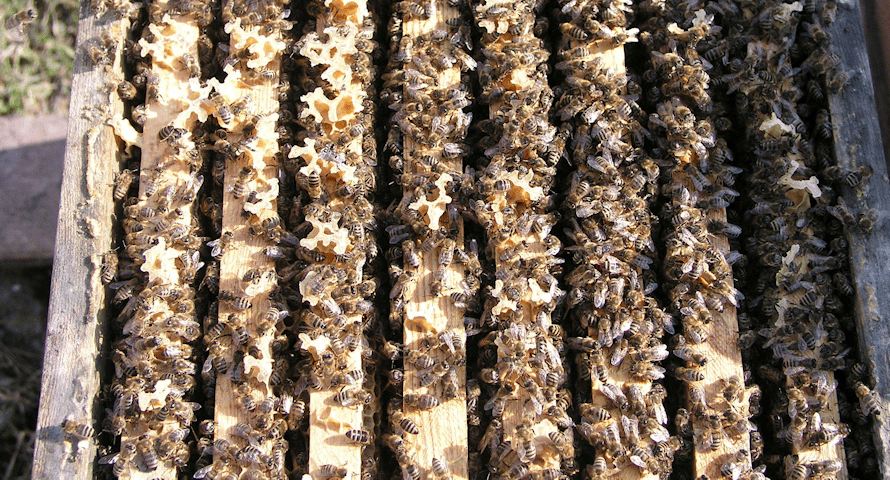
Choosing the Right Bees.
The honeybee is by far the most interesting and important insect known to man. They are different from other stinging insects like the wasp, hornet, yellow jacket, and even the bumble bee. The honeybee is known for its ability to produce honey and for pollination. In fact, it is the only insect that produces a substance that can be eaten by man. Honey is unique because of its medicinal properties and ability to go for long periods without spoiling. Yet, the real benefit of honeybees is pollination. It is believed that between 50 to 80 percent of the world’s food is pollinated by honeybees. While the honeybee is on the decline, a major push is being made to educate and teach beekeepers how to maintain them properly. Like other species of insects, the honeybee comes in different breeds and is known to be able to adapt to different regions of the world.
Choosing a Breed
While all honeybees look very similar to the average person, beekeepers know that each breed of bee has different genetic traits. Even though different breeds can possess the same traits, it’s normally the combination of specific traits that characterize the type of bee that a beekeeper desires. Some of the traits that are looked for are brood rearing, temperament, honey production, disease and mite resistance, and their ability to weather the winter. It is up to each individual beekeeper to determine the type of bees they will raise. Below is a list of commonly desired bees and their advantages and disadvantages.
Italian Bee
The Italian honeybee is a subspecies of the Apis mellifera ligustica and is North America’s most widely distributed breed of honeybees. They can adapt to different climates and are by far the beekeeper’s choice because of their gentleness and low swarm tendency. They normally build up rapidly, producing large colonies of bees and honey. Their one disadvantage is that they go into the winter with a large colony requiring a large amount of winter food and tend to drift from one hive to another.
Carniolan Bee
Carniolan honeybees are a subspecies of the Apis mellifera carnica and are the second most widely distributed breed of honeybees in North America. While this bee is a native of Southern European countries, it is favored by many beekeepers because it can rapidly increase the colony and is easy to work with. The disadvantages of these bees are that they are prone to swarm when overcrowded and cannot survive in hot weather.
Caucasian Bee
The Caucasian honeybees are a subspecies of the Apis mellifera caucasia and originated in Eastern Europe near the Caucasian mountains by the Black Sea. These bees are normally gentle and build up strong colonies that adapt to harsh weather conditions. The disadvantages of these bees are that they use a lot of propolis, sometimes making it difficult to manage a hive. They, too, tend to drift from hive to hive and will rob smaller colonies. They are more susceptible to nosema, which means that they don’t over-winter well.
Buckfast Bee
The Buckfast honeybee is bred in Germany and is known as the “Super Bee” because it is bred with the traits that most beekeepers desire. This somewhat gentle bee produces lots of honey, is disease-resistant, and winters very well. The disadvantage of this bee is that it can be aggressive, tends to rob other hives, and sometimes absconds (leaves).
Russian Bee
The Russian honeybee is a native of Russia and is a very hardy bee that is sought after because of its trait to resist various kinds of parasitic mites. These bees are also gentle and have a high capability to over-winter well. However, they build up slowly but have a higher nectar haul per bee than other breeds, making them a good honey producer. The disadvantages are they tend to build more queen cells, increasing the chance of swarming, and as they are bred with other breeds of bees, they tend to lose their productivity.